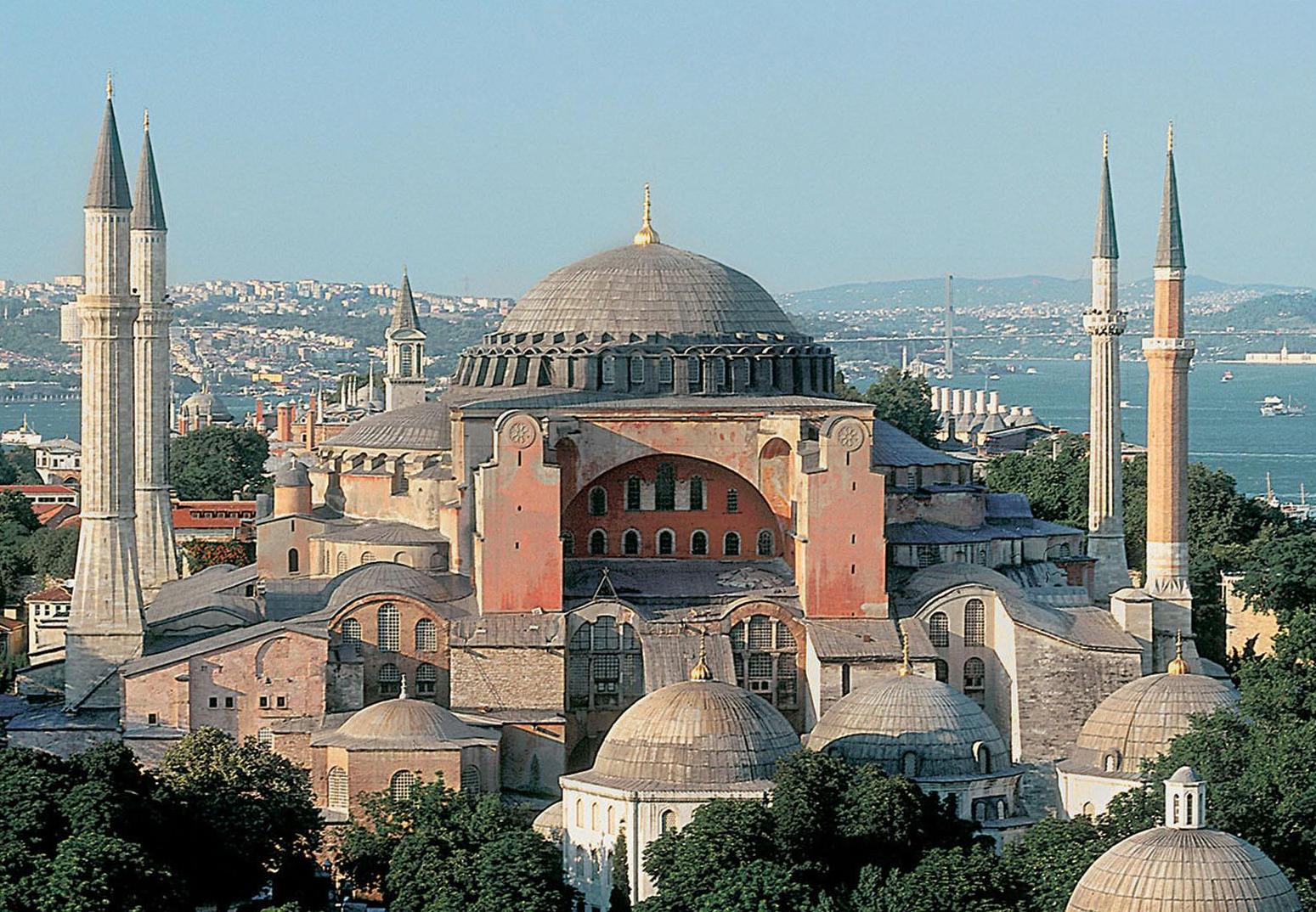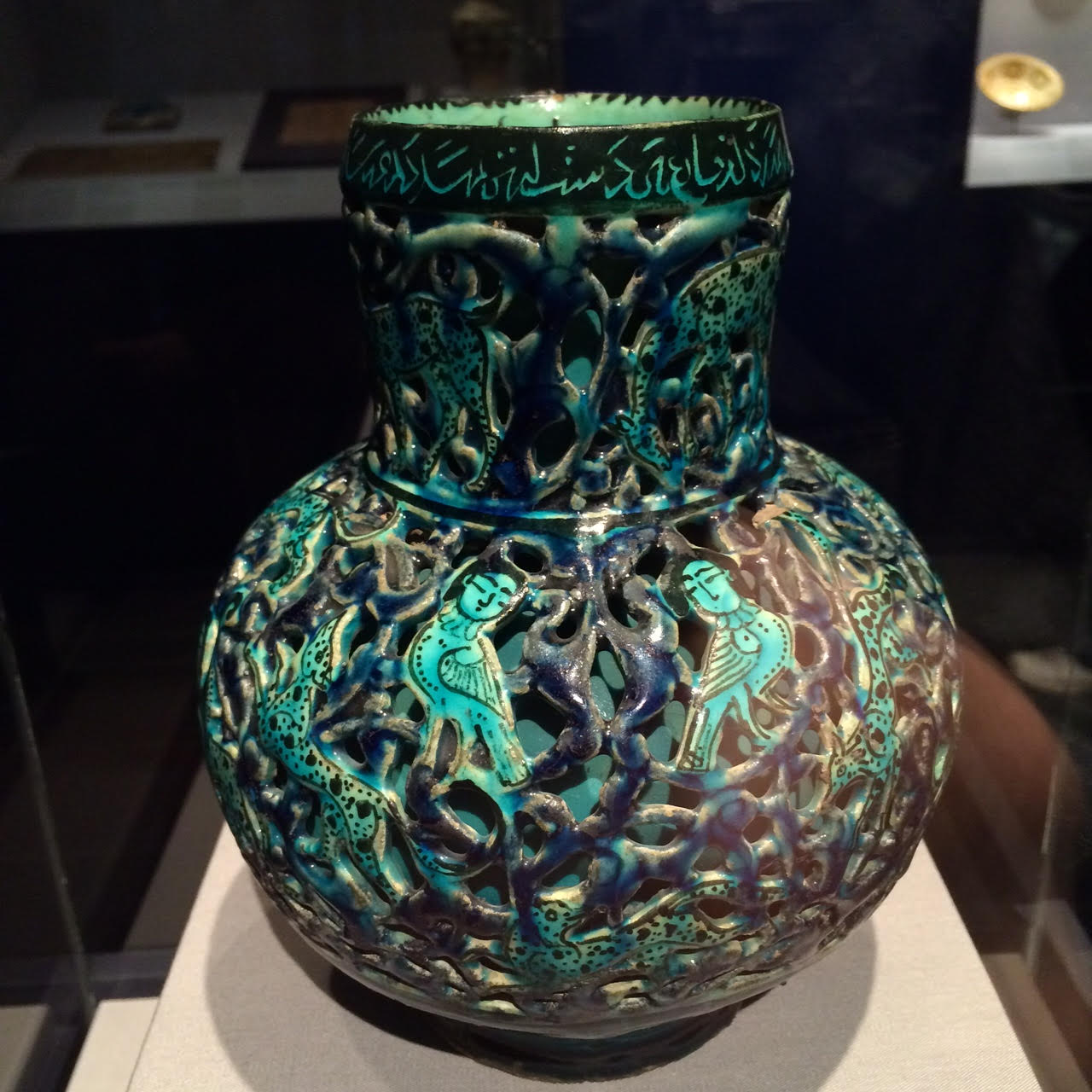
Hagia Sophia, the great cathedral of Holy Wisdom, was built by the emperor Justinian and was the largest dome in the world until the Astrodome was built. The minarets were added by the Turks when they converted the cathedral into a mosque after they captured the city in 1453.
May 29, 1453. It was a Monday and lived on as “Black Monday” in Orthodox territory because that was the day that the great city of Constantinople fell to the Turks. Byzantium came crashing to a halt and the Ottoman Empire arose from its ashes, ruling much of the Middle East as well as portions of Central and Eastern Europe until it ceased to exit in 1923.
The conquest of Constantinople reinforced Byzantine expectations that the world was about to end. Byzantine churchmen calculated that the world would be 7,000 years old on September 1, 1492 and would therefore end on that day. They thought the Turks were the forerunners of the Antichrist and the Turkish conquest of New Rome, the official title of the city, the beginning of the last period of world history.
The art of the Seljuq Turks is currently on display at the Metropolitan Museum of Art, through July 24. Among the treasures displayed there are the harpy pitcher (see below). Harpies, birds with the heads of human women, are an image the Turks inherited from the classical Greeks. The Turks associated harpies with the astrological sign of Gemini and brought happiness in their wake. They were considered protective creatures. Spotting one was a good omen. This is all in marked contrast with the classical perception of harpies as wicked, dangerous creatures who delighted in abducting and torturing their victims.

